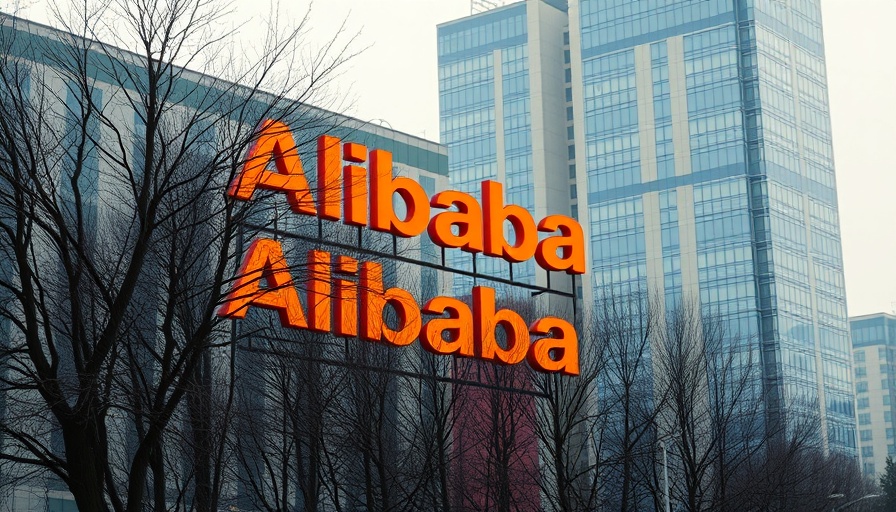
Alibaba Innovates with Wan 2.1: A Game Changer in AI Video Generation
Alibaba Group Holding has made headlines with the launch of Wan 2.1, a powerful AI video generation model that has quickly ascended the ranks, now recognized as the top offering on the VBench Leaderboard for video generation. This momentous development in artificial intelligence not only positions Alibaba as a serious contender against established players like OpenAI but also reflects a proactive approach to enhancing AI accessibility through open-source technology.
What Makes Wan 2.1 Stand Out?
The Wan 2.1 model stands out in several significant ways. With a performance that rivals other leading AI models, Wan is designed to generate videos from text, images, and even other videos, thus allowing users to create dynamic and engaging content effortlessly. Its capacity for rendering 'complex motion' is a noteworthy feature; users can expect challenges to be presented, such as creating realistic body movements and sophisticated scene transitions. In essence, this feature sets Wan 2.1 apart as a versatile tool for both creative and professional use.
A Look into Alibaba’s Investment in AI
Alibaba is not just a market player but a force driving innovation within the AI landscape. The tech giant has allocated a staggering budget of 380 billion yuan (approximately $52.4 billion) for its AI strategies over the next three years. This remarkable investment marks the largest by any private Chinese entity, demonstrating Alibaba’s commitment to leading in the AI domain. With continued investment in computing resources and infrastructure, Alibaba’s engineering teams are set to push the boundaries of AI capabilities.
The Appeal of Open Source in AI Technology
One of the standout features of Wan 2.1 is its open-source availability, a strategic decision that mirrors successful models by companies like DeepSeek. This approach enables academics, researchers, and commercial entities worldwide to collaborate, innovate, and adapt the tool to their specific needs. It not only democratizes access to advanced technology but also fosters a vibrant community focused on enhancing the model further. Moreover, with four variants released, users can select models based on their resource availability, which increases accessibility and versatility.
The Broader Implications For AI Video Generation
The technological advancements introduced by Wan 2.1 can spark discussions about the ethical implications and potential misuse of such powerful tools. As AI-generated content becomes indistinguishable from real videos, concerns regarding misinformation and the authenticity of videos arise. It is essential for users and developers alike to engage responsibly with AI tools and incorporate safeguards against misuse. Although Alibaba has recognized the capability of their AI, details regarding safety measures aren’t elaborated, indicating a crucial area for future focus.
Continuing Competition in the AI Space
While Wan 2.1 has been celebrated for its capabilities, it enters a competitive landscape rife with other notable models, particularly OpenAI’s Sora. Each platform presents unique strengths that cater to varied user needs. For instance, while Sora offers a broader ecosystem of applications, combining video and audio generation within its premium offerings, Wan 2.1 is poised to capture a segment focused on high-performance, cost-effective solutions. As such platforms evolve, ongoing innovations will likely enhance features and support more collaborative uses of AI.
Final Thoughts: Embracing the Future of AI
The introduction of Alibaba's Wan 2.1 represents an important milestone in the AI sector, showcasing what groundbreaking technological advancements can achieve. As AI continues to permeate various sectors, the implications for society expand exponentially. For AI enthusiasts, following these trends is essential, as the potential applications of AI tools can reshape not just content creation, but many dimensions of daily life and industry.
 Add Row
Add Row  Add
Add 




 Add Row
Add Row  Add
Add 

Write A Comment